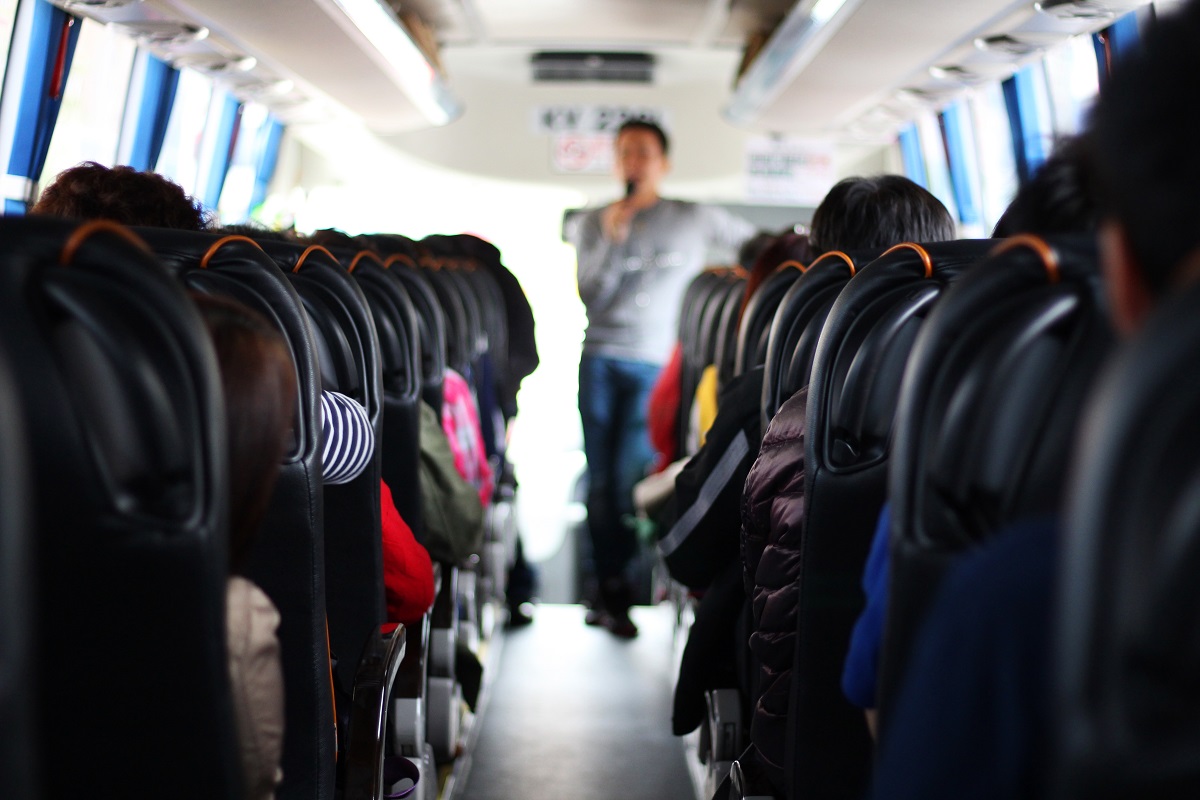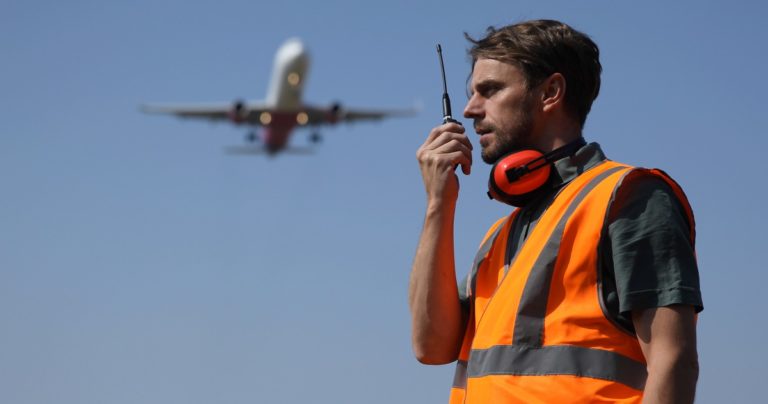An estimated 70 percent of airline passengers have a fear of flying, according to Australian network SBS. With how much attention aviation-related accidents get, it’s normal for passengers to associate some sort of cynical feeling to flying.
Over the years, statistics have proven flying is one of the safest modes of transportation. This list will provide you with facts about the safeness of the aviation industry that may help overcome your fear of flying.
Myth: Flying is unsafe
Fact: It’s safer to fly than to ride a bike
Airplane crashes are like magnets to news organizations. They give crashes so much attention that you may begin to think they happen all the time. This can lead to people having a negative viewpoint towards flying.
However, US Census data released in 2018 revealed that the odds of dying as a plane passenger is 1 in 205,552. Compare this with the odds of 1 in 4,050 as a cyclist, 1 in 1,086 for drowning and 1 in 102 for a car crash.
It was reported that between 1982 and 2010, 3,288 people in the US died from airplane-related causes. That’s about 110 fatalities per year. Motor accidents claim the lives of 101 people in the US per day.
Myth: Plane crashes are common
Fact: Flying has become safer than ever
Flying has gotten safer now than it was six decades ago, thanks to technological advances in the aviation industry. Fatal accidents occurred once every 200,000 flights in the 50s and the 60s. In this age, fatal accidents only occur once in every 2 million flights.

It’s also important to note that most aviation accidents are not fatal. The National Transportation Safety Board estimates there’s a 95 percent chance of survival in aviation accidents, based on their studies of previous mishaps.
Maybe you’re thinking: “What about terrorist attacks?” From October 1999 to September 2009, there had been only one terrorist attack per 16,553,385 departures. This can be attributed to stringent security measures done in airports across the country.
Myth: Anybody who has passed flight school can fly a commercial plane
Fact: It would take pilots thousands of flight time to pilot a commercial aircraft
You know you’re in good hands when you’re on a commercial flight. In the US, to become a first officer in a commercial flight, pilots would need at least 1500 hours of accrued flight time. Previously, first officers were required to have only a commercial pilot certificate, which requires only 250 hours of flight time. Captains, on the other hand, must earn an additional 1,000 hours of flight time before they qualify as captains of a commercial plane.
Becoming a commercial pilot is a step-by-step process. They start flying smaller turboprop planes first before flying wide-bodied jets. In between these steps, they receive high caliber training. Pilots are trained long enough before they take on commercial planes so passengers can be less wary about their safety.
Flying remains to be one of the safest modes of transportation. Hopefully, these facts have given you some measure of relief knowing the dangers associated with flying are mostly made up or exaggerated. Now the only thing for you to do is sit back and enjoy the journey.




